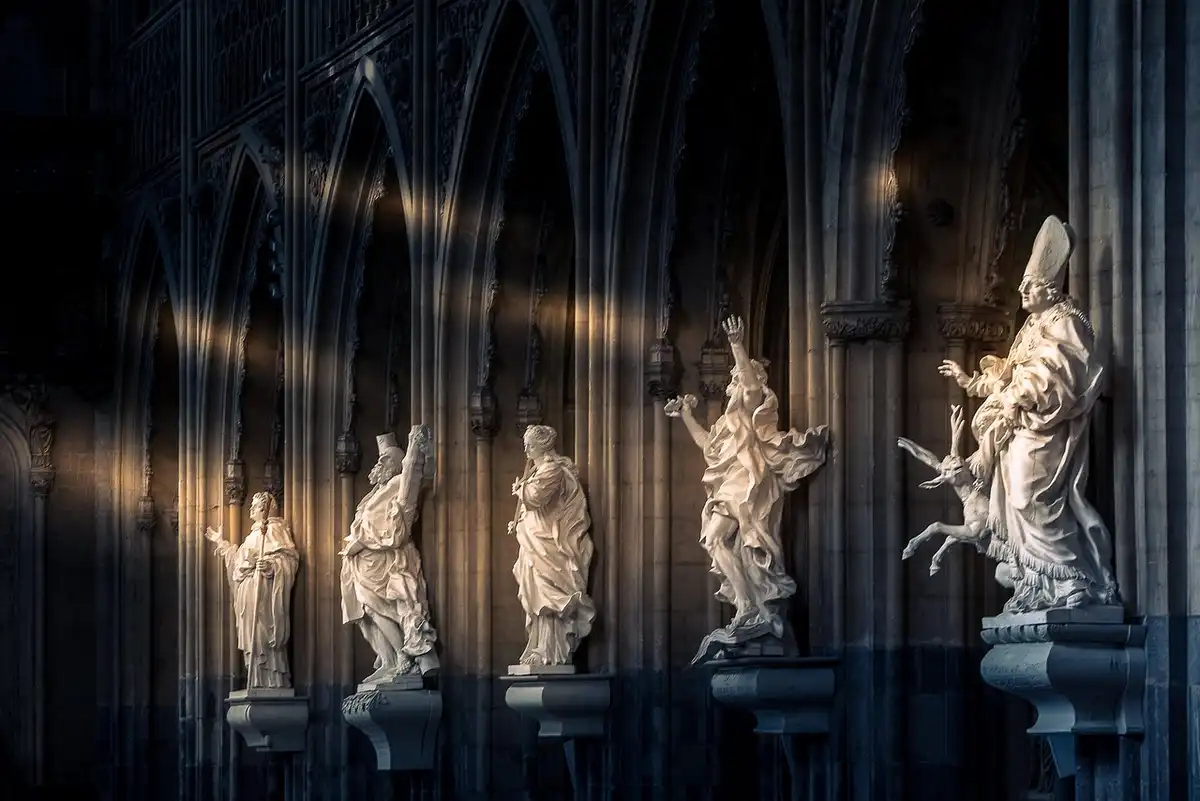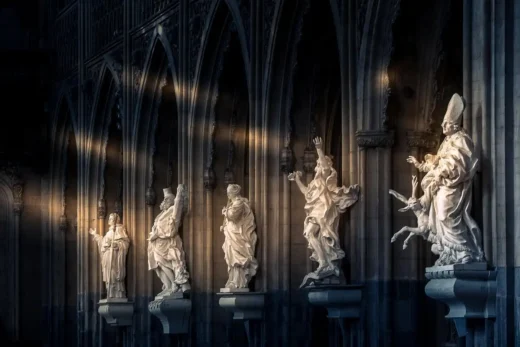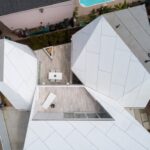How to prompt an ai image generator, Online property advice, Home space visual appeal
How to Prompt an AI Image Generator?
31 March 2025
AI image generators have become powerful tools for artists, designers, and content creators. Whether you’re looking to generate realistic portraits, fantasy landscapes, or futuristic concept art, crafting the perfect AI prompt is essential for achieving high-quality results. Platforms like CGDream and advanced AI models utilizing Flux Turbo Lora generation offer users the ability to fine-tune their prompts for greater control and creativity. But how do you create a well-structured AI prompt that delivers exactly what you want?
Understanding How AI Image Generators Interpret Prompts
AI models don’t “see” images the way humans do. Instead, they rely on text prompts to generate images based on their training data. The better the prompt, the more accurate and refined the result.
When crafting prompts, AI reads key elements such as:
✅ Main subject – What should the image focus on? (e.g., “A cyberpunk city at night”)
✅ Style or art form – Should it be realistic, anime, oil painting, digital illustration?
✅ Composition details – Camera angles, lighting, color tones, and depth.
✅ Extra details – Objects, textures, mood, or environment.
✅ Negative prompts – What should NOT be included? (e.g., “No blurry background, no distorted faces”)
Structuring the Perfect AI Prompt
To get the best results from an AI image generator, it’s important to use a structured prompt format:
Basic Prompt Structure:
👉 [Main Subject] + [Style] + [Details] + [Lighting] + [Composition] + [Negative Prompts]
Example Prompt:
“A futuristic knight wearing black and silver armor, holding a glowing blue sword, standing on a mountain cliff with a stormy sky, cinematic lighting, ultra-detailed, 4K resolution, realistic textures, no distortion, no extra limbs.”
This structured approach ensures that the Flux Turbo Lora generation process understands exactly what elements to include and what to avoid.
Using Descriptive Language for Better Results
The more specific your prompt, the more accurate the AI’s output. Here’s how to improve prompt clarity:
| Vague Prompt | Improved Prompt |
| “A warrior” | “A female samurai in red and black armor, holding a katana, standing in a bamboo forest, cinematic lighting, ultra-realistic” |
| “A futuristic city” | “A cyberpunk metropolis with neon skyscrapers, flying cars, rainy streets reflecting bright lights, 8K resolution, Blade Runner-inspired” |
| “A cat” | “A fluffy Maine Coon cat with emerald green eyes, sitting on a wooden windowsill, warm sunset light, highly detailed fur” |
Using specific details such as textures, emotions, lighting, and colors helps the AI interpret the request accurately.
- Leveraging AI Style Modifiers
Many AI image generators, including CGDream, support style modifiers that enhance images according to certain artistic techniques. Here are some examples of commonly used modifiers:
🎨 Art Styles:
✔️ Oil painting, watercolor, digital art, cyberpunk, retro-futuristic, steampunk, comic book.
📷 Photography Styles:
✔️ Studio lighting, film grain, Polaroid, DSLR shot, wide-angle, macro photography.
🖌 Realism Levels:
✔️ Hyper-realistic, photorealistic, ultra-detailed, cinematic, 8K texture.
🔦 Lighting & Atmosphere:
✔️ Dramatic shadows, golden hour, neon glow, moonlit, high-contrast.
For example, Flux Turbo Lora generation allows users to apply unique Lora styles that modify the AI’s understanding of textures, shading, and realism for more polished results.
Example Prompt Using Style Modifiers:
“A medieval knight in shining armor, standing in a battle-worn castle, hyper-realistic, cinematic lighting, DSLR depth of field, misty atmosphere, oil painting texture.”
- Using Negative Prompts to Remove Unwanted Elements
Sometimes, AI-generated images contain unwanted distortions or artifacts. Negative prompts help prevent errors like:
❌ Blurry backgrounds
❌ Extra limbs or distorted anatomy
❌ Unrealistic reflections
❌ Overly smooth textures that look unnatural
Example of a Negative Prompt:
“A female elf warrior in a dense forest, holding a bow, wearing green and gold armor, highly detailed, photorealistic. Negative prompts: No extra fingers, no blurry background, no text artifacts, no unnatural lighting.”
By including negative prompts, AI tools like CGDream can generate clearer, more polished results.
- Experimenting with Prompt Variations
AI image generation involves trial and error. To refine images, try:
🔄 Tweaking descriptions – Change minor words to see how the AI responds.
🎭 Adding more context – Specify mood, emotions, or backstory.
📏 Adjusting style intensity – Reduce or increase artistic effects.
Example of Variations:
1️⃣ “A beautiful fantasy queen with a silver crown, standing in an enchanted castle, soft golden light, dreamy atmosphere.”
2️⃣ “A regal fantasy queen wearing an intricate silver crown, standing in a misty gothic castle, dramatic shadows, ultra-realistic textures.”
Each variation slightly alters the composition while keeping the main subject intact.
- Advanced Prompting with Flux Turbo Lora Generation
For experienced users, Flux Turbo Lora generation provides even more control over AI-generated images. This advanced feature:
✔️ Fine-tunes AI responses to emphasize specific details (like ultra-sharp realism).
✔️ Blends multiple styles together, creating unique artistic effects.
✔️ Enhances AI consistency, making it easier to create matching sets of images.
For example, if creating a series of sci-fi character portraits, Flux Turbo Lora can ensure that:
🔹 Facial features remain consistent.
🔹 Lighting and shadows match across multiple images.
🔹 Textures maintain high realism without distortion.
Example Advanced Prompt with Flux Turbo Lora:
“A futuristic astronaut in a high-tech space station, wearing a detailed space suit, glowing visor, dramatic lighting, hyper-realistic textures, Flux Turbo Lora applied for 8K resolution and style refinement.”
This level of AI-driven fine-tuning is perfect for game developers, illustrators, and digital content creators who need high-quality, professional AI-generated images.
Final Tips for Crafting the Perfect AI Prompt
✔️ Be specific – The more detailed your prompt, the better the AI can interpret it.
✔️ Use style modifiers – Enhance images with realistic lighting, texture, and artistic influences.
✔️ Refine with negative prompts – Remove unwanted elements for cleaner results.
✔️ Experiment with variations – Try different phrasing to get the best outcome.
✔️ Utilize Flux Turbo Lora generation – Gain advanced control over AI fine-tuning.
By mastering AI prompting techniques, users can create stunning, highly detailed images with the best AI image generators like CGDream. Whether you need cinematic portraits, digital paintings, or sci-fi concept art, well-structured prompts are the key to unlocking the full potential of AI creativity.
Comments on this guide to How to Prompt an AI Image Generator? article are welcome.
Living Rooms
Living Room Posts
Top 5 essential tips for a stylish living room
Creating a comfortable and cozy living room tips
Interior designer living room trends
Building Articles
Residential Architecture
Comments / photos for the How to Prompt an AI Image Generator? page welcome






